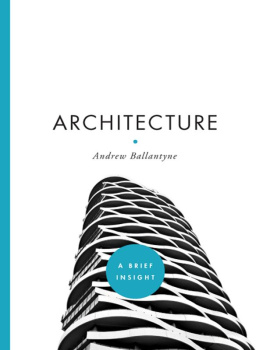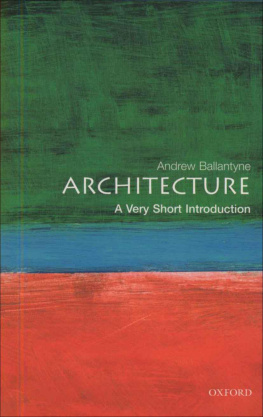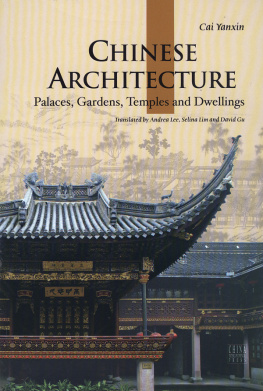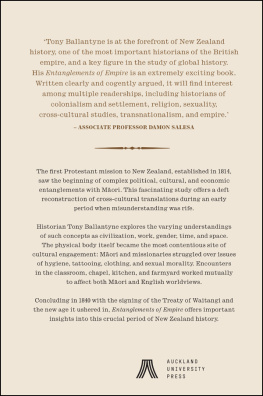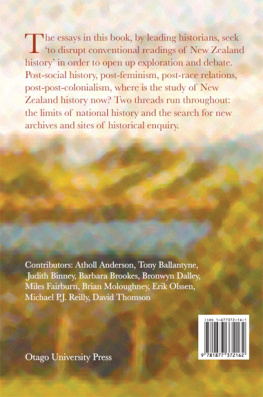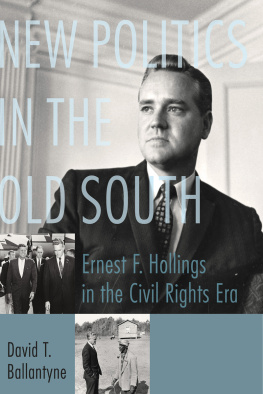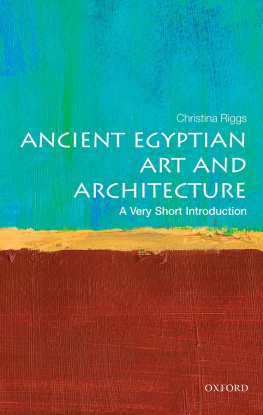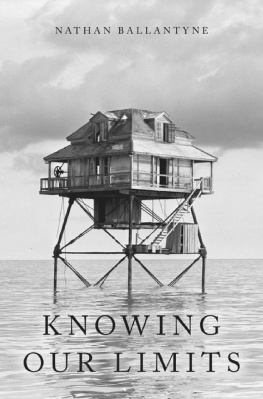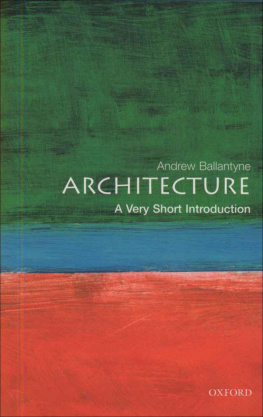
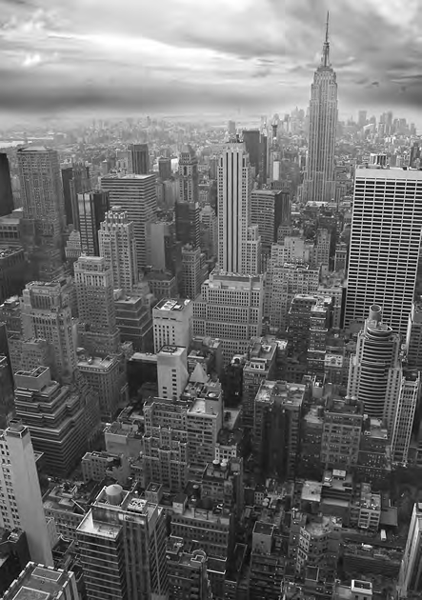
ARCHITECTURE

Andrew Ballantyne


New York / London
www.sterlingpublishing.com
To Di Leitch
STERLING and the distinctive Sterling logo are registered trademarks of Sterling Publishing Co., Inc.
Library of Congress Cataloging-in-Publication Data Available
10 9 8 7 6 5 4 3 2 1
Published by Sterling Publishing Co., Inc.
387 Park Avenue South, New York, NY 10016
Published by arrangement with Oxford University Press, Inc.
2002 Andrew Ballantyne
Illustrated edition published in 2010 by Sterling Publishing Co., Inc.
Additional text 2010 Sterling Publishing Co., Inc.
Distributed in Canada by Sterling Publishing
c/o Canadian Manda Group, 165 Dufferin Street
Toronto, Ontario, Canada M6K 3H6
Book design: FaceoutStudio
Please see picture credits on page 185 for image copyright information.
Printed in China
All rights reserved
Sterling ISBN 978-1-4027-7542-0
For information about custom editions, special sales, premium
and corporate purchases, please contact Sterling Special Sales
Department at 800-805-5489 or .
Frontispiece: New York skyline. Geographical constraints on the island of Manhattan have produced an urban environment dense with skyscrapers. Looking north from lower midtown, Shreve, Lamb, and Harmons 102-story Empire State Building (1931) can be seen top right in this photo. With its spire stretching to 1,250 feet, the Art Deco landmark was for forty years the worlds tallest tower.
CONTENTS
I met a traveler from an antique land
Who said, Two vast and trunkless legs of stone
Stand in the desert. Near them, on the sand
Half-sunk, a shattered visage lies, whose frown
And wrinkled lip, and sneer of cold command,
Tell that its sculptor well those passions read
Which yet survive, stamped on these lifeless things,
The hand that mocked them, and the heart that fed;
And on the pedestal these words appear:
My name is Ozymandias, King of Kings,
Look on my works, ye mighty, and despair!
Nothing beside remains. Round the decay
Of that colossal wreck, boundless and bare,
The lone and level sands stretch far away.
Percy Bysshe Shelley, Ozymandias, 1818
Buildings can be the most expensive things that civilizations produce. They can absorb any amount of effort and money if they are to compete with the great buildings of rivals, and of the past. It might seem misguided to try to outdo others when the costs are so high, but no one remembers the civilizations that made such a decision, at least not in architectural history. By contrast civilizations such as ancient Egypt and Rome, which built extravagantly, seem unavoidable. The imperishable buildings seem to go hand in hand with an imperishable reputation, which has always been the appeal of monuments for the powerful. When enough time has passed, all human achievements can seem fragile, and Shelleys famous poem Ozymandias shows both the attraction of the monumental and also how delusory its promise of everlasting glory can be. One of the things that matters about architecture is how it gives us clues to what really mattered to rulers of the past. Another thing is how it makes it possible for us, the living, to live in certain ways, and to demonstrate to each other and ourselves what it is that we really care about, as individuals and as a society. Different civilizations strike different balances between what seems to be owed to the living, and going beyond immediate needs in to make things that build a reputation in posterity.
What this brief insight tries to do is to explain how architecture goes about doing what it does. Buildings keep us warm and dry, and are closely involved in the practicalities of living, but architecture always has a cultural dimension to it, if we choose to pay attention to it. considers what it is that makes some works of architecture come to be more culturally important than others.
One of the things that makes buildings particularly interesting to archaeologists is that they are caught up in so many aspects of life. The way they are organized tells us something about the way people interact in them, if we can work out which groups of people are brought together, and which kept apart. The materials from which buildings are made, and the way the materials are handled, can also tell us a great deal. If the stone came from a long way away, then we know that either there was an efficient transport system or that the stones were very special and worth a great deal of effort. If a building has a steel frame, then we know that it belongs to the modern age because the ancient world didnt know about them. Buildings are an important part of the evidence available to us in knowing about what went on in the distant past, and they also tell us a good deal about what we really care about now. If we, as a society, allow motorways to be built across the countryside, then it can only happen because our care for the countryside is less than our desire to travel conveniently. As individuals we might have made a different decision, but as a society, given the flows and concentrations of money that circulate, and given the political processes that mediate the decisions, the buildings that surround us are produced. As individuals, most of us can do very little to shape the built environment in general. In some circumstances, though, concentrations of wealth and power have made it possible for individuals to command great changes. It was said of the Roman emperor Augustus that when he came to Rome it was built in brick, but when he left it was marble. And Ozymandias (Ramesses II) evidently commissioned grand and extensive works. Buildings can be beautiful and inspiring, but if they are built (rather than just imagined) then they always have an economic and political aspect, as well as an aesthetic aspect. There are other aspects too, such as the technical side of things. Will it stand up? Will it keep the rain out? Can it be kept warm? Will it overheat? Can I use it as a place where I can live the life I want? Do I want to be the sort of person who lives in a place like this?
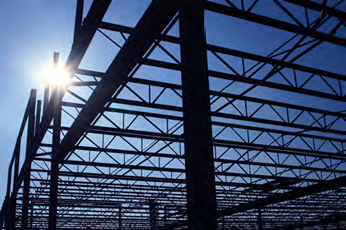
A steel frame building under construction. Developed in Chicago in the late 1800s, steel frame construction techniques made the skyscraper possible. The frame must be protected from fire because steel loses strength at high temperatures and this can cause the building to collapse.
Given that a building has all these aspects, it is possible to write about architecture in ways that bring one or another of them to the fore. A history of building technology would be one possibility. This would be a story of progress, as more technically sophisticated ways of building superseded the more primitive ones. There would be significant advances, like the introduction of cement, and the arch, and a demonstration of the new types of building that these innovations made possible. What we lose sight of in this particular narrative is the fact that, at a given time, it is likely that few buildings will be technically advanced. Most buildings are just ordinary, and do not fall down or stop being useful the moment a technical advance has been made. Just as many people in Europe live in houses that were built a hundred years or more ago, so in ancient Rome the vaulted structures for which we now particularly remember the Romans were not the buildings that made up the fabric of most of the city, and in fact nearly all the famous Roman structures date from quite late in the history of the Roman Empire, so they were unknown to most Romans. Most significantly, they were unknown to the only Roman writer on architecture whose writings are known to us: Vitruvius. He lived too early.

